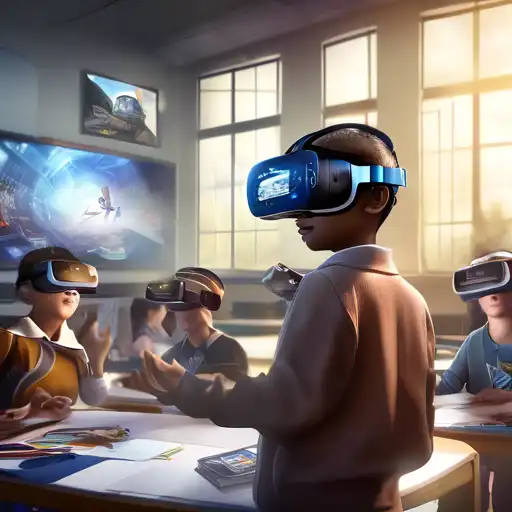Revolutionizing Learning: The Impact of Virtual Reality in Education
Virtual Reality (VR) is transforming the educational landscape, offering immersive learning experiences that were once unimaginable. This technology is not just a tool for entertainment but a powerful educational instrument that can enhance understanding, retention, and engagement among students of all ages.
The Benefits of VR in Education
VR in education provides a multitude of benefits, including:
- Enhanced Engagement: VR captivates students' attention like never before, making learning more interactive and enjoyable.
- Improved Retention: Immersive experiences help in better retention of information by engaging multiple senses.
- Accessible Learning: VR makes education more accessible, allowing students to explore virtual field trips or complex concepts from anywhere in the world.
- Safe Environment: It offers a safe space for students to practice skills, such as surgical procedures for medical students, without real-world consequences.
Implementing VR in Classrooms
Implementing VR technology in classrooms requires careful planning and consideration. Schools and educators need to:
- Invest in the right hardware and software that aligns with their educational goals.
- Train teachers to effectively integrate VR into their curriculum.
- Ensure content is age-appropriate and enhances the learning objectives.
For more insights on integrating technology in education, explore our guide on educational technology.
Challenges and Considerations
Despite its benefits, VR in education faces several challenges:
- High Costs: The initial investment in VR technology can be prohibitive for some institutions.
- Technical Issues: VR requires robust technical support and infrastructure to function seamlessly.
- Health Concerns: Prolonged use of VR headsets can cause discomfort or motion sickness for some users.
Addressing these challenges is crucial for the widespread adoption of VR in educational settings.
The Future of VR in Education
The future of VR in education is bright, with advancements in technology making it more accessible and effective. As VR becomes more mainstream, we can expect to see:
- More affordable and user-friendly VR solutions tailored for educational purposes.
- Greater collaboration between educators and developers to create immersive, curriculum-aligned content.
- Expanded use of VR for special education, offering personalized learning experiences for students with diverse needs.
Virtual Reality is paving the way for a new era in education, where learning is not just about reading and listening but experiencing and interacting. As we continue to explore the potential of VR, it's clear that this technology will play a pivotal role in shaping the future of education.
For further reading on innovative learning technologies, check out our article on the future of education.
